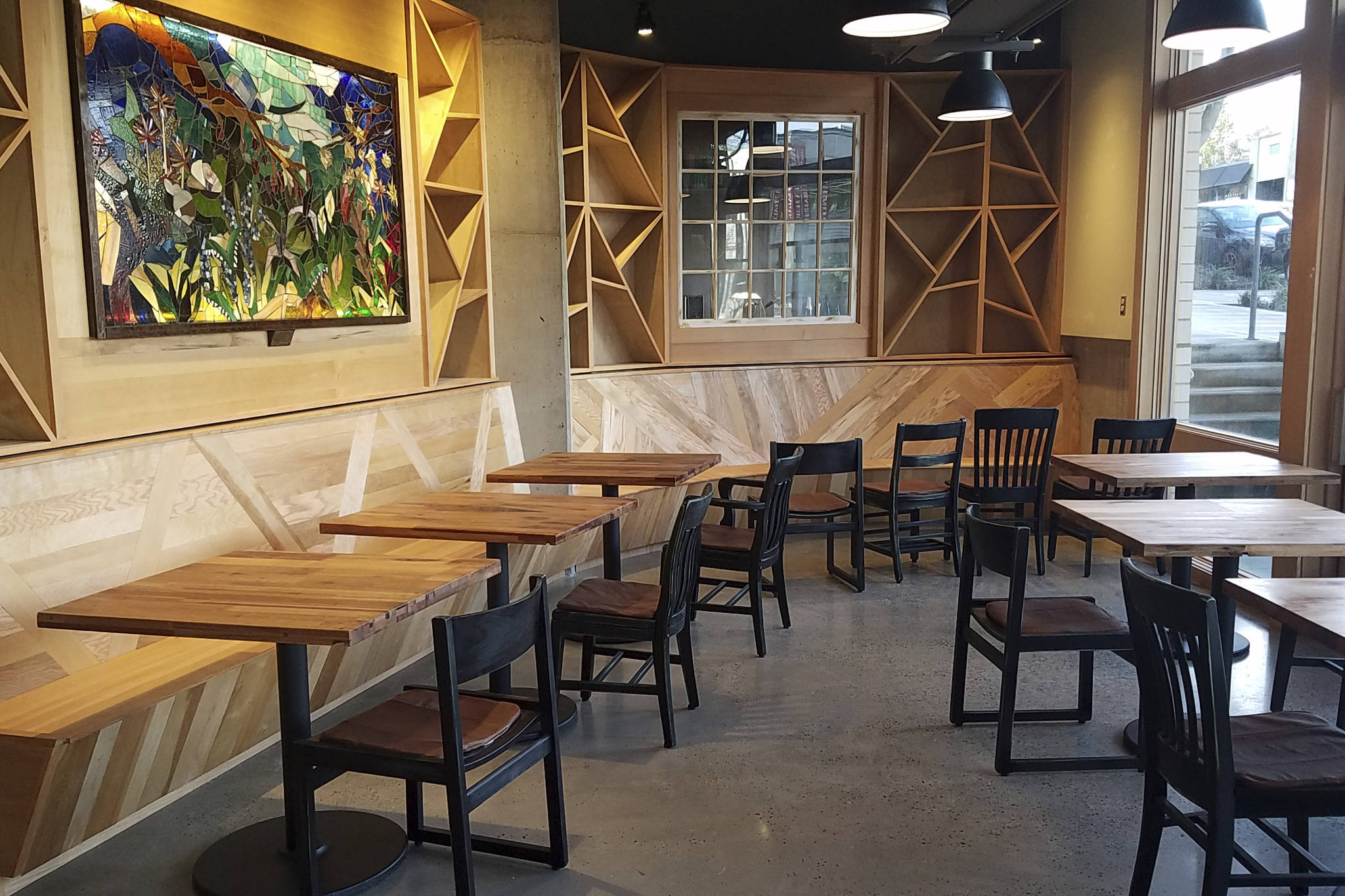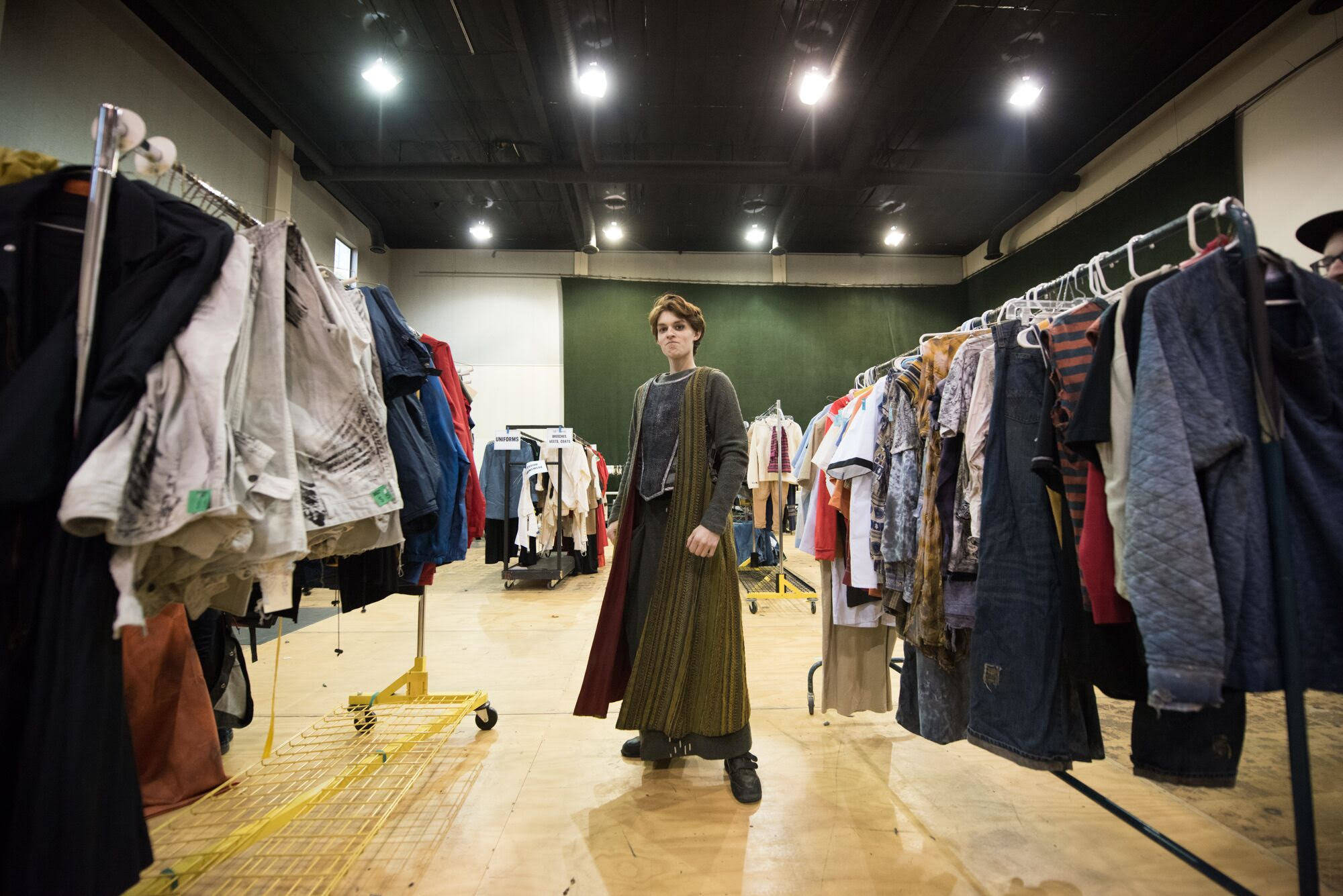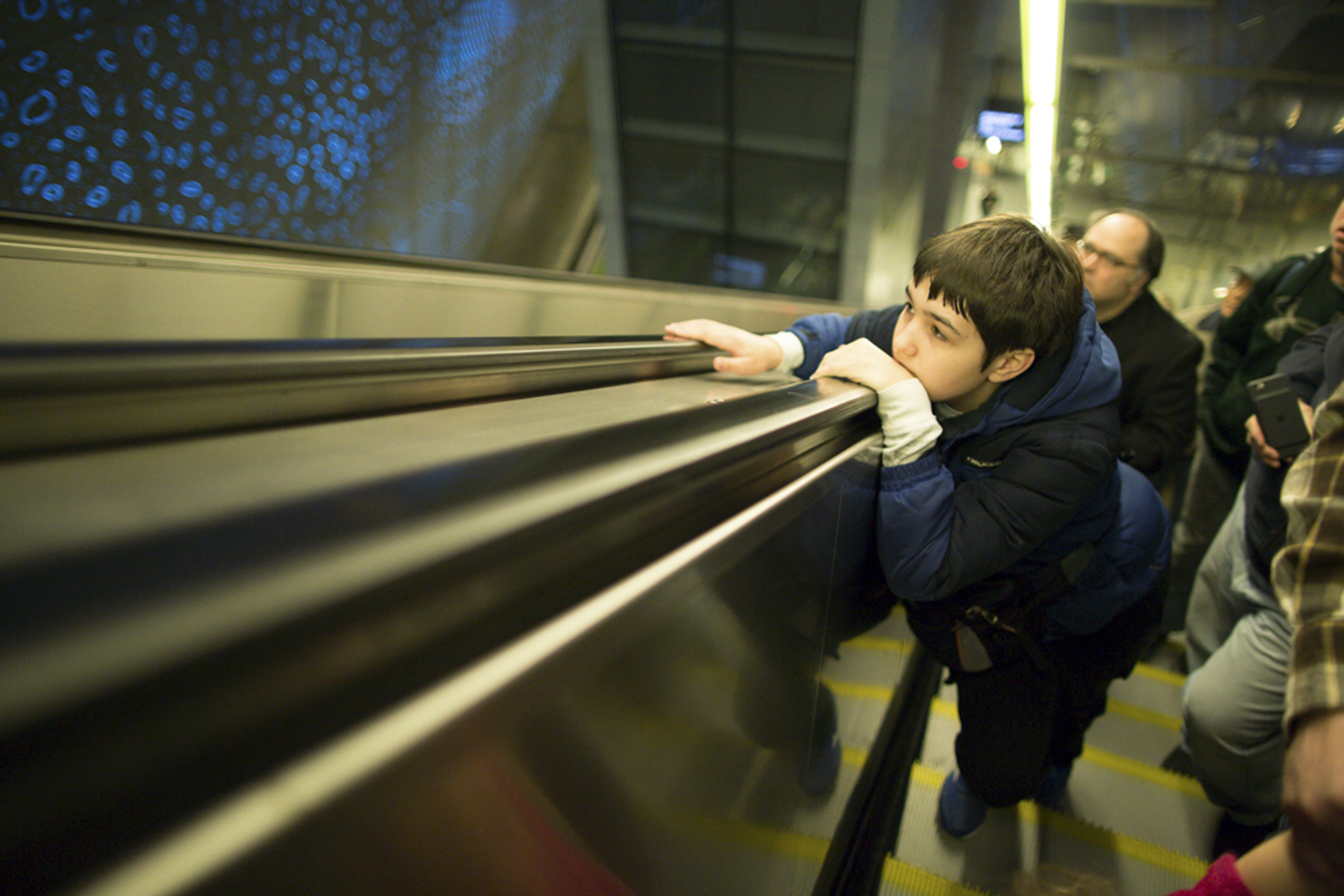Seattle’s restaurant industry is booming. Every week seems to bring a dozen announcements about openings or news about a new project from a popular local chef like Tom Douglas or Renee Erickson. That’s no coincidence. Established, brand-name stars like these have large companies with multiple outlets, which make lots of money and share costs. They also have access to capital from lenders who want to get a piece of the robust upper end of Seattle’s hospitality industry.
But that’s not how opening a restaurant works for the majority of operators, who own just one location. Opening one is costly and risky. According to one study by The Ohio State University, 59 percent of restaurants fail in their first three years of operation, 26 percent in their first year. So any successful restaurant succeeds against the odds. And many owners are overleveraged because of debts they incur during the expensive, time-consuming opening process.
New owners have a hard time paying for their buildouts. They also usually have to pay rent, utilities, and insurance on their space. And, as with any construction project, unexpected costs arise. That’s what happened to Ken Provost when he opened Hillman City’s Slow Boat Tavern in late 2015. After signing the lease, he learned the city wouldn’t allow him to open before his space was earthquake-retrofitted. It should have fallen on his landlord to do the work, but when the landlord stalled, Provost had the choice of getting the retrofits done himself or walking away with no bar and out the cash he already had sunk into the place. “I know two other people who are trying to open bars right now, and they’re held up by seismic retrofits,” Provost says.
Provost had to hire structural engineers to draw retrofitting plans, which showed the work would have cost him about $20,000. So Provost did the work himself instead—a lot of it while he was still working his old job as a bartender at Über Tavern in Green Lake. He also had to complete all the other work: He built a bar, tap lines, cabinetry, a walk-in fridge, and a lofted seating area, and updated the restroom.
Provost, who shaves his head bald and has sleeves of tattoos on both arms, is blunt about his frustration with the process. He thought he was treated unfairly by the landlord. But he also had choice words about permitting, which has higher standards for bars and restaurants than for other types of businesses, on the logic that more people are inside bars and restaurants at any given time. “It’s only because it’s a bar that we now have to be concerned about seismic retrofitting,” he says. “If it was just T-shirt stores in there, it doesn’t matter [to the City] if the building falls in on everybody’s heads. It’s fucked up.”
Even a planned-for buildout can go awry. Beau Habert, who opened Jude’s Old Town in Rainier Beach in 2015, had impressively bad luck renovating the restaurant’s kitchen. (Full disclosure: I worked for Habert as a bartender in 2016.) “Our buildout took a year,” says Habert. He paid full rent, utilities, and insurance during that year, spending at least $20,000 on those alone. The buildout itself cost about $100,000. “I hired some people, and that turned out to be more expensive than I expected. I hired one guy, and his wife got cancer and he had to drop out. And then I got the next guy, and his whole workshop burned down and he had to bail out. I just lost so much time.”
Habert and Provost had traditional financing: They used some combination of savings, small loans from friends, and business loans from financial institutions to pay for their projects. The money was enough, but they both said they struggled to cover their unexpected costs, especially the rent and insurance needed for the extended time they had a lease but no revenue.
Those unexpected costs, or ambitions that stretch beyond the limits of DIY construction, are why some restaurateurs choose to recruit investors. Dustin Ronspies, chef and co-owner of Fremont’s Art of the Table, partnered with Doug Suttles, CEO of internet metrics startup Ookla, to build the restaurant’s new location, which opened April 7. Ronspies had built the restaurant’s acclaimed former location, which seated about 20 and opened in 2007.
Speaking to me in his Dansko kitchen clogs at the island where counter patrons can watch him cook, Ronspies mashed and pressed potatoes for gnocchi. He explained he didn’t want to assume the financial risk of construction again, especially to build his new location, which can seat around 70. “This is a whole different thing. We’re talking going from tee-ball to the World Series. We hired everybody to do everything: We had a contracting company, architects, kitchen designer.” The tech money paid off: The new place has a huge, sparkling kitchen with all-new equipment and a polished dining room with custom woodwork.
Ronspies is backed with more money than Provost or Habert. But his costs are higher than he’s used to, and he expects to lose money in the short term. Even though Suttles is a friend, he will eventually expect a return on his investment. In the meantime, Ronspies had a hard time finding cooks to staff his new location, and had to train the people he found. Restaurant owners across town have complained about a cook shortage. After all, it’s hard work that doesn’t pay well.
“[Hiring] back-of-house was a fucking nightmare,” says Ronspies. “Nobody wants to cook anymore. This whole Food Network, star-chef bullshit … isn’t true. That’s TV fantasy, it’s pop culture. This industry is tough. It sucks sometimes. You work for 15 bucks an hour, you bust your ass, and you’re here ’til one a.m.”
Owning a restaurant might be even harder work. Habert does the bulk of the food prep at Jude’s because of the labor shortage. He also bartends, washes dishes, orders product, and covers if someone calls in sick. Most other successful owners do the same if their restaurant even makes it through those tenuous first three years. So why open a restaurant?
“You [have to] love it,” says Ronspies. “It’s appealing to me because it’s what I do. I built this place because, what else am I going to do? I’m not going to try and be a janitor or do something else. It’s in my blood.”
food@seattleweekly.com








